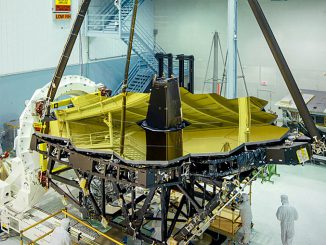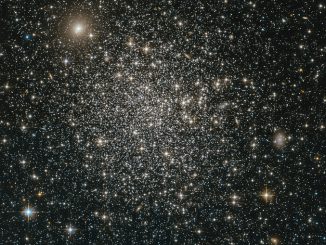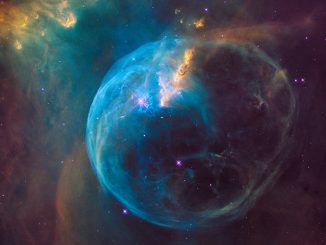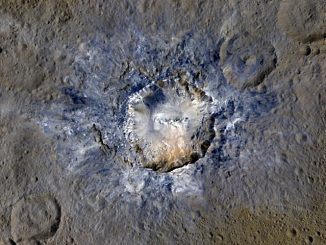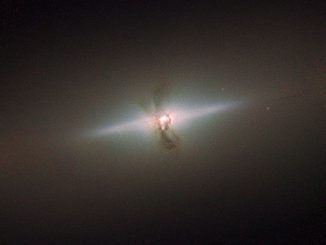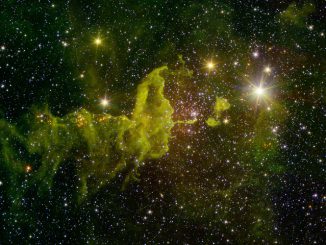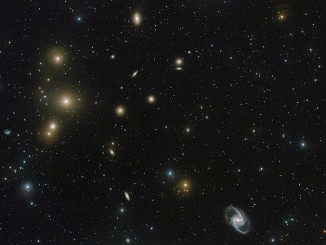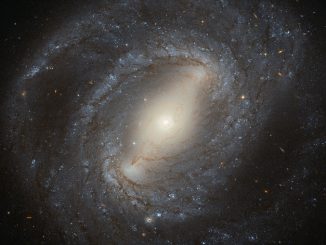
Hubble spies the archetypal barred spiral galaxy
Discovered in 1784 by William Herschel, NGC 4394 is the archetypal barred spiral galaxy, with bright spiral arms emerging from the ends of a bar that cuts through the galaxy’s central bulge. Some 55 million light-years from Earth, the galaxy lies in the constellation of Coma Berenices. NGC 4394 is considered to be a member of the Virgo Cluster.

